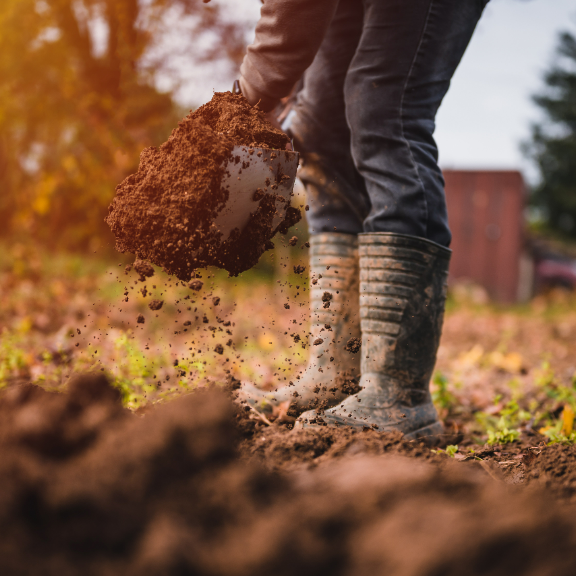Land Preparation
Land preparation is a fundamental phase in the cultivation of sugarcane within Kenya's diverse agricultural settings. This crucial step sets the stage for robust plant growth, efficient farming practices, and ultimately, a successful harvest.
Begin the process by clearing the chosen land, removing debris, rocks, and existing vegetation to create a clean canvas for your sugarcane plantation. This initial step ensures an unobstructed field for optimal crop growth. Following this, conduct comprehensive soil tests to understand the nutrient composition, pH levels, and other crucial characteristics. These tests provide essential information for informed decisions regarding fertilization, tailoring the soil conditions to suit sugarcane growth.
The subsequent plowing of the land is paramount. This process breaks up the soil, enhancing aeration and facilitating root penetration. The depth and intensity of plowing are adjusted based on the specific characteristics of the soil, creating a loose and receptive bed for planting.
In areas where soil compaction is a concern, subsoiling becomes a valuable practice. This involves breaking up deeper layers of compacted soil, promoting better root development and water infiltration, and enhancing the overall soil structure.
Achieving a uniform surface through leveling is the next step. This not only ensures even water distribution during irrigation but also prevents waterlogging in specific areas. A well-leveled field facilitates subsequent agricultural operations and contributes to efficient farming practices.
Incorporating organic matter into the soil enhances fertility. Compost or well-rotted manure introduces essential nutrients, improves soil structure, and encourages beneficial microbial activity, creating a nutrient-rich environment for sugarcane plants.
Guided by soil test results, fertilizers are strategically applied to address specific nutrient needs. Nitrogen, phosphorus, and potassium play pivotal roles in sugarcane growth, and balanced fertilization contributes to healthy plant development and improved yields.
The creation of raised beds for planting sugarcane is a crucial aspect of land preparation. These raised structures enhance drainage, prevent waterlogging, and provide a loose, well-aerated medium for root development. Beds optimize the planting environment and contribute to the overall health of the crop.
Marking rows at appropriate distances ensures optimal sunlight exposure and facilitates efficient farm management practices. It sets the groundwork for subsequent agricultural operations and contributes to the overall organization of the sugarcane plantation.
As you prepare the land, you're not just clearing and plowing; you're shaping the very environment where your sugarcane will thrive.

